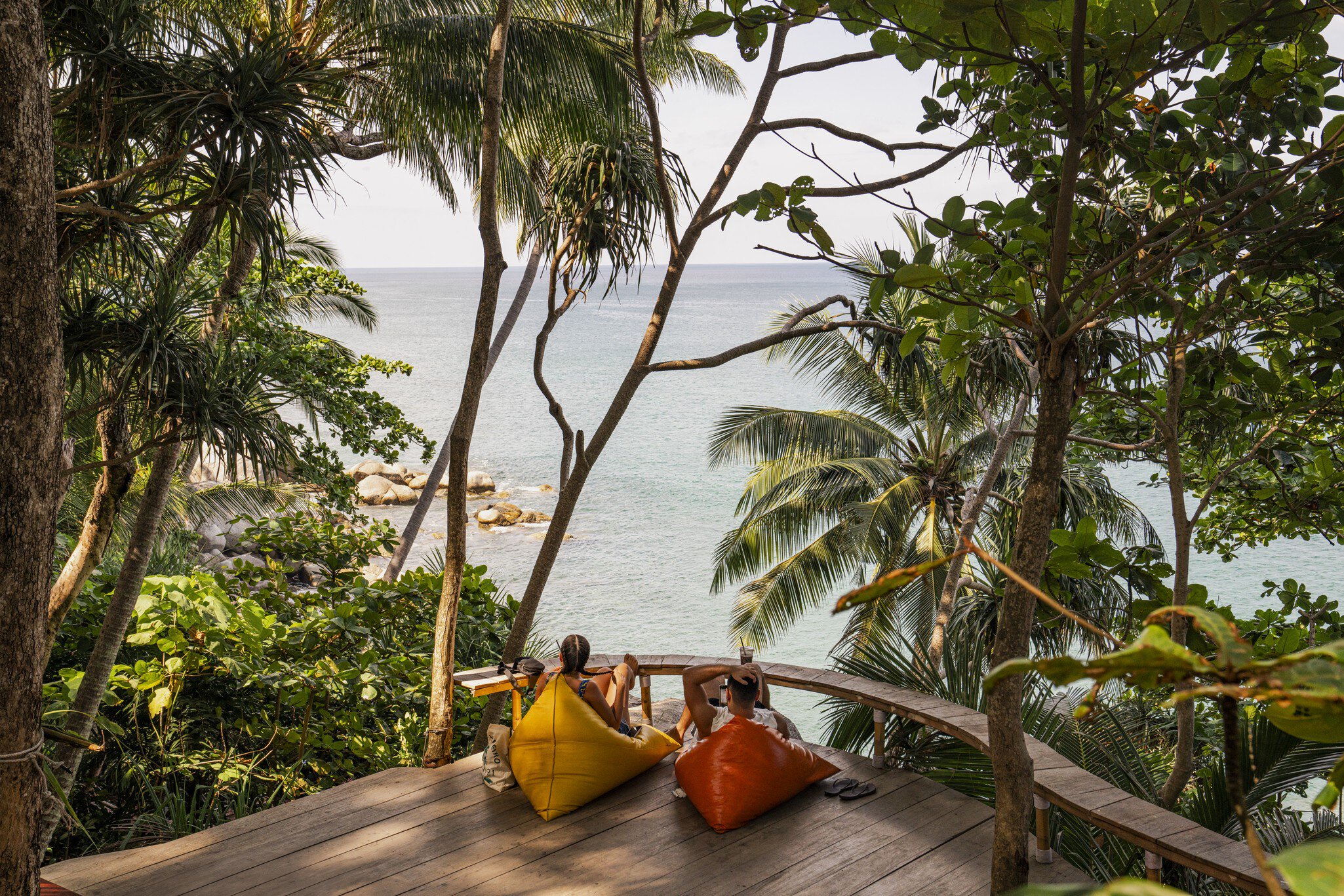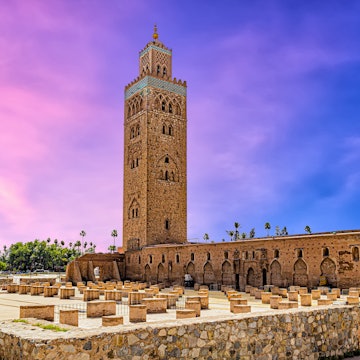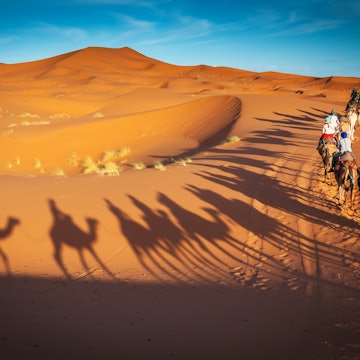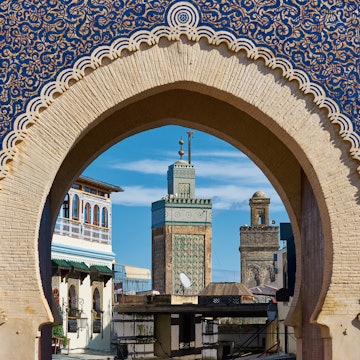

Meknes. Anton_Ivanov/Shutterstock
When the legendary warrior Sultan Moulay Ismail chose Meknes as his capital in the 17th century, it became Morocco's third imperial city. Since eclipsed by its famous neighbor Fez, this smaller UNESCO-listed city offers a relaxed slice of authentic Moroccan life, with a compact medina that’s easy to navigate and budget-friendly souqs that are still very much for locals.
Meknes' landmarks, including the sultan’s fortified city within a city, are sparkling following lengthy restorations. And Meknes is the jumping-off point for Moulay Idriss Zerhoun, Morocco’s holiest town, as well as the impressive Roman ruins of Volubilis, set amid a fertile plain around 40 minutes to the north. Or linger to sample some of the country’s award-winning wines at vineyards 20 minutes to the south.
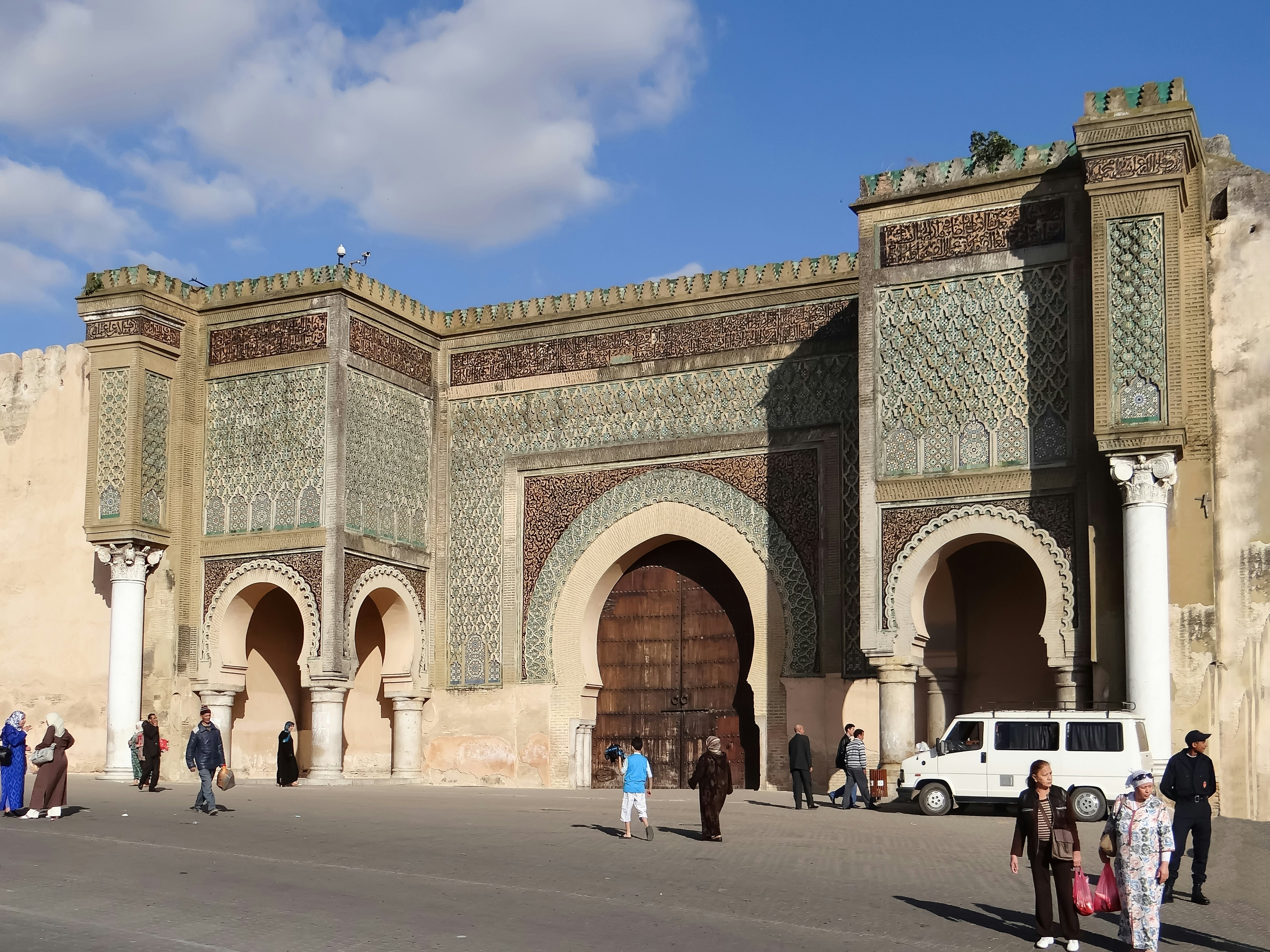
How to get from the airport
The closest airport is Fès–Saïss, around 70km (44 miles) east of Meknes. Take a 30-minute taxi ride to the Fez train station for the 40-minute journey to Al Amir, the smaller of Meknes' two train stations. From there, it’s a 10-minute petit taxi ride to Place El Hedim, the beating heart of the medina. Or you can take a taxi directly from the airport, which takes around an hour.
What should I do with 24 hours in Meknes?
There’s a thriving modern metropolis beyond the medina, but focus on the old city and you can see it all in a single full day.
Before you go
For a guided walking tour from bab to bab (gate to gate) or a multistop tasting tour, contact professional English-speaking guide Bouchra Jamai (0661815237).
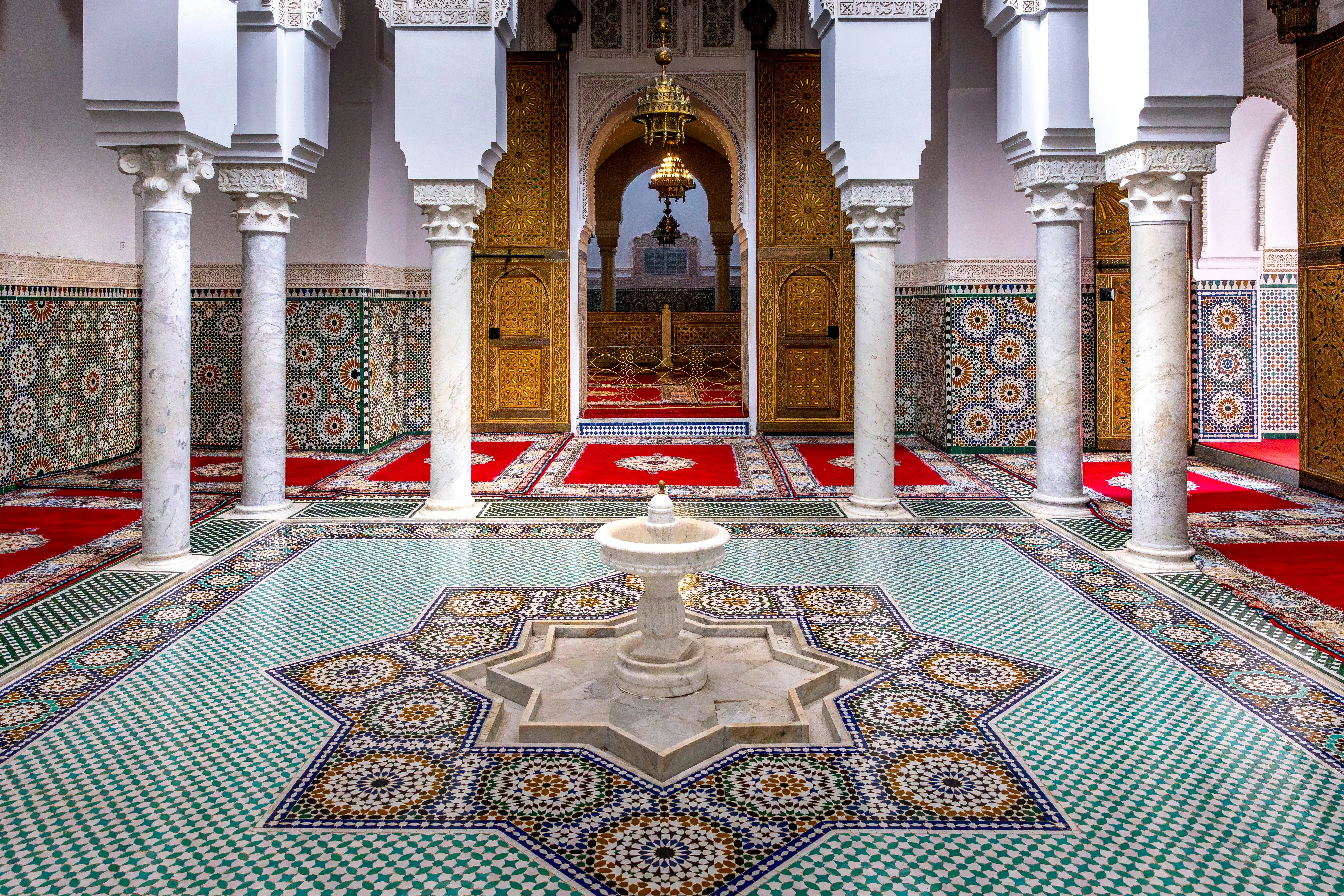
In the morning
Marvel at a mausoleum
Grab breakfast to go at Pâtisserie Al Kima on Rue Rouamzine, then head to the Mausoleum of Moulay Ismail soon after it opens at 9am, when the air is cooler, the light is softer and the bus tours haven't yet arrived.
With the grandeur befitting Morocco’s longest-ruling sultan (1672–1727) and a descendant of the Prophet Muhammad, his mausoleum is decorated with dazzling zellige (colorful geometric mosaic tiles), intricate stucco and ornate cedarwood. Non-Muslims can’t enter his tomb but can peer through the doorway. Look out for a pair of grandfather clocks. In 1698, Moulay Ismail wanted to marry a daughter of King Louis XIV; she declined, so the French Sun King sent the clocks instead, and they still work to this day.
Admire the grandest of all imperial gateways
Stroll to the buzzy Place El Hedim, the vast main square, and admire the Bab El Mansour. The gate is adorned with sparkling zellige and engraved Quranic panels, and an inscription boasts, "I am the most beautiful gate in Morocco. I’m like the moon in the sky. Property and wealth are written on my front." The two white marble columns are thought to have been stolen from Volubilis.
Drop into a palatial museum
The 19th-century residence Dar Jamaï (closed Tuesday), on the north side of the square, is a master class in Moroccan architecture. Now home to the National Museum of Music, it showcases the country’s diverse genres through instruments, videos and sound samples, from the celebratory Amazigh ahidous (a complex circle dance with musicians in the middle, often performed in celebration of the harvest) to the sub-Saharan gnaoua. Take a break in its serene Andalucian-style garden.
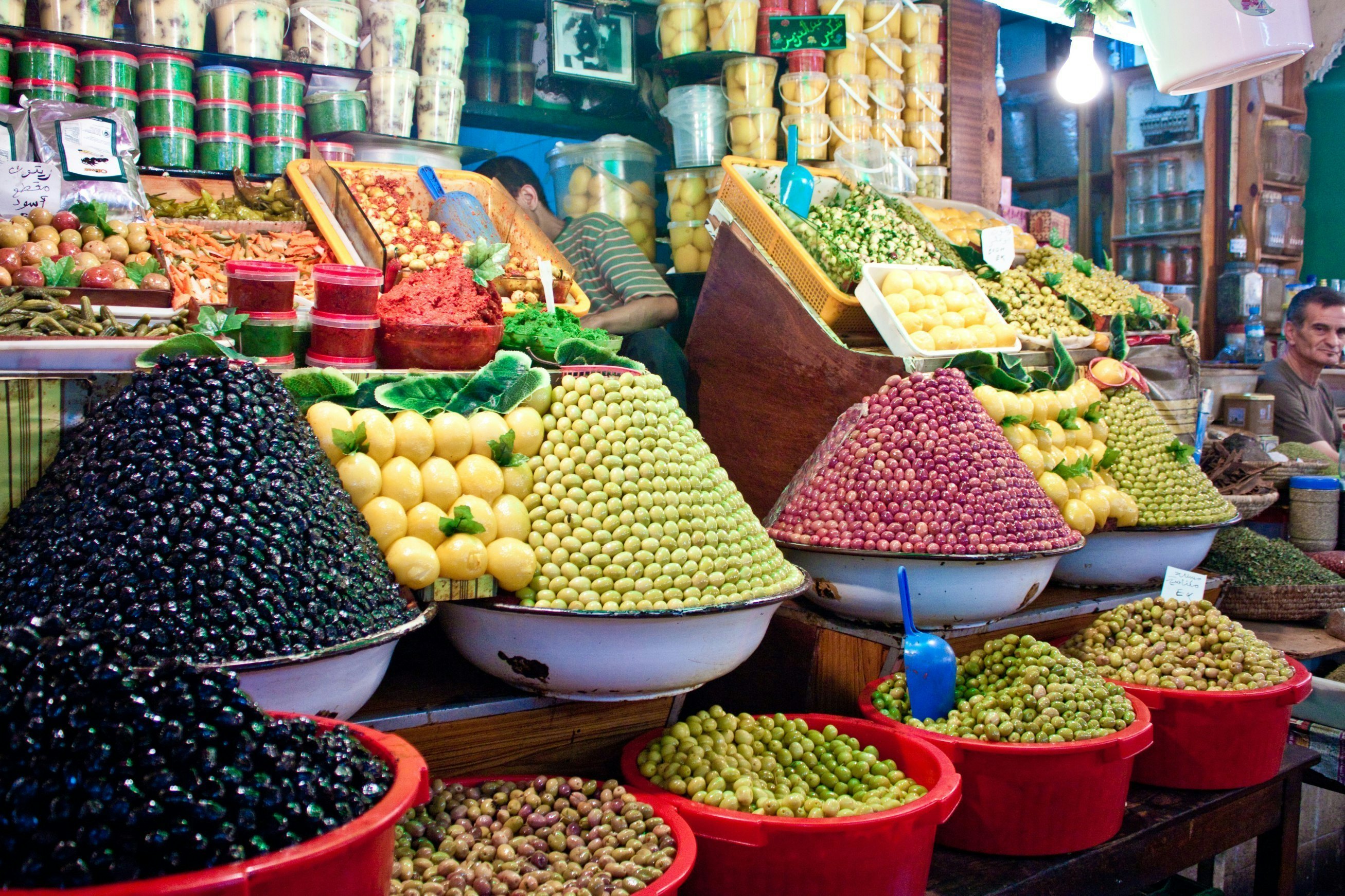
Lunch
On the western side of the square, the Marché Couvert is where locals go for fresh produce. It’s a feast for the senses, with pyramids of plump olives in every size and hue, either plain, stuffed or mixed with herbs. Spices scent the air, ready mixed for you to toss into your tajines, and stalls groan under the weight of sugary treats. You can pick up a grilled kofte sandwich at one of the snack stands.
In the afternoon
Explore the imperial city
Moulay Ismail’s imposing imperial city is separated from the medina by impregnable ramparts and bastions. By his death in 1727, he’d created a 45km (28-mile) city wall, with 20 gates surrounding more than 50 palaces, and it still gives a sense of the sultan’s grand design.
The Koubat Al Khayatine was Moulay Ismail’s reception hall for foreign ambassadors, and it’s here that UNESCO inscribed Meknes into the World Heritage Site registry in 1996. Below lies a subterranean network of rooms now thought to have been used for food storage, although some guides will still tell you that it was a dungeon for Christian enslaved people.
Hop into a calèche (horse-drawn carriage) to reach Heri Es Souani, a photogenic granary and stables, which the sultan considered his finest architectural project. Around 12,000 horses were kept here, and the cavernous stone-walled storerooms were filled with provisions for siege or drought and cooled by water channels under the floor.
Both sights have been closed for restoration but are due to open in 2025.
Take a coffee break
Back in the medina, Coffe Shop Meknes, a quirkily decorated cupboard-sized cafe, serves a fine cup of coffee or Moroccan mint tea; take it to go or drink in with the affable owner.
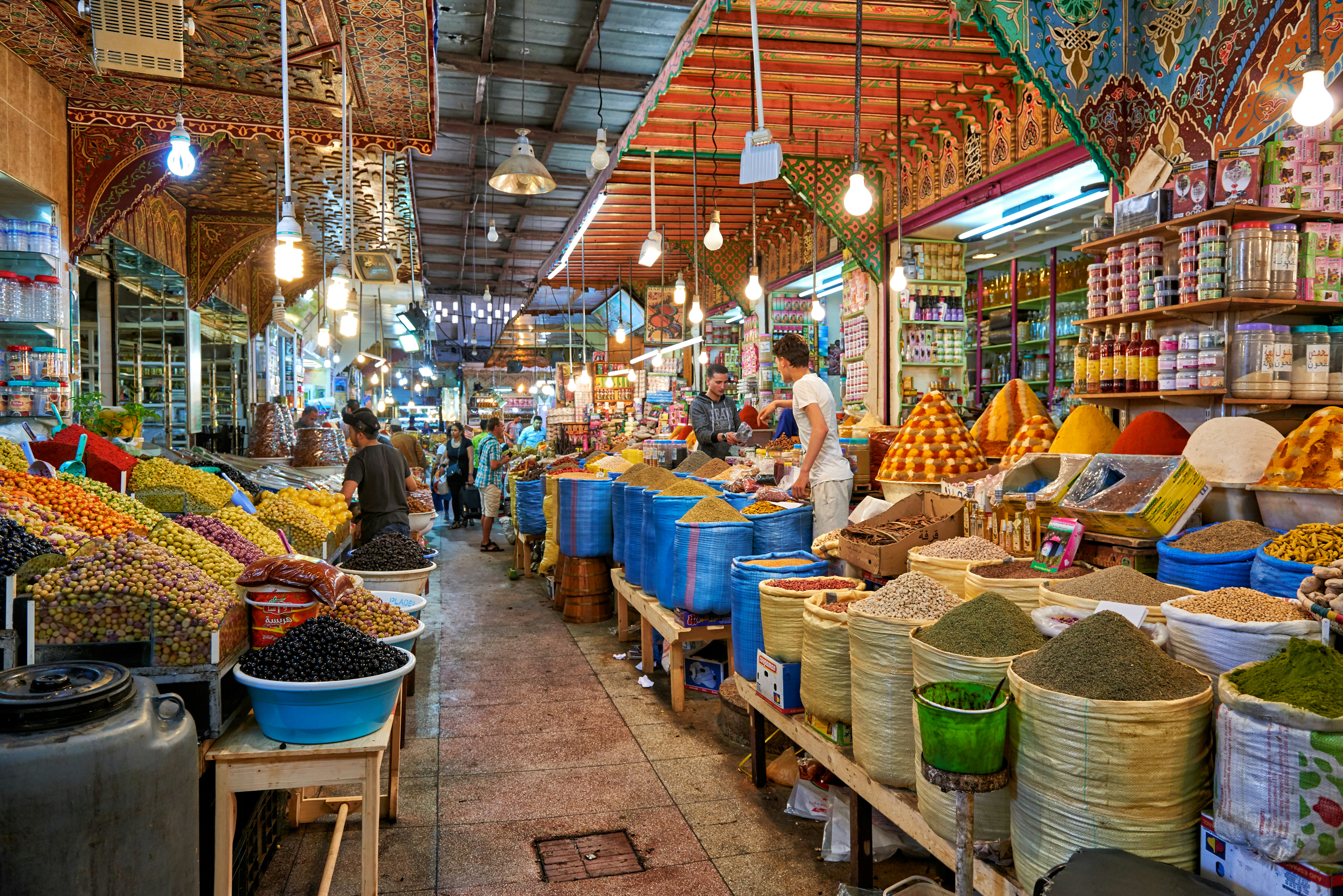
Shop the souqs
Dive into the souqs to see people making and selling everyday items. Souq Nejjarine is for woodworkers, and you’ll find wicker basket makers, blacksmiths and leather workers too, along with babouches (leather slippers) and Middle Atlas carpets. Look for the delicate and disappearing art form of damascene that is only found in Meknes; at Coin des Artisans on Rue Zaouia Et Tijania, makers sell the pieces with designs etched into metal and inlaid with gold or silver wire.
Enjoy a delicious dinner
Even if you aren't staying over, you can have dinner at a candlelit courtyard table at Riad Bahia. Expect an array of hot and cold salads, hearty harira (a soup made of tomatoes, onions, saffron and coriander, often with lentils, chickpeas and lamb) and tasty tagines, rounded off with sweet treats. This ancient medina riad has been lovingly restored, with plant-filled terraces furnished with antiques and local art.
After dark
Take a final walk around the square for some local nightlife. In the evening, families come out to stroll, snack and listen to storytellers and musicians in this miniature version of Marrakesh’s Djemaa El Fna, which was cleared by Moulay Ismail to better appreciate the Bab El Mansour.



